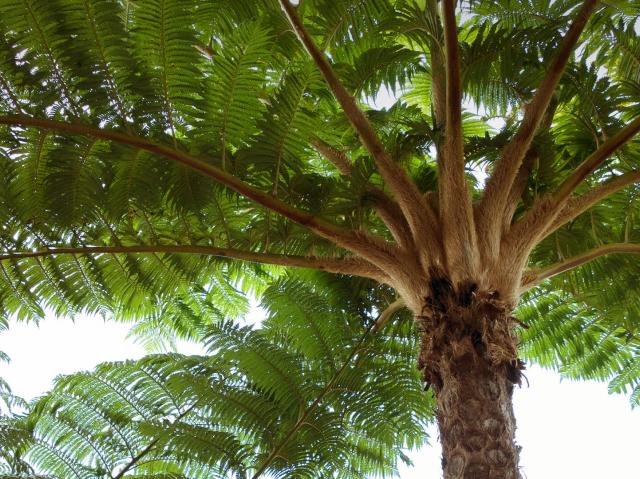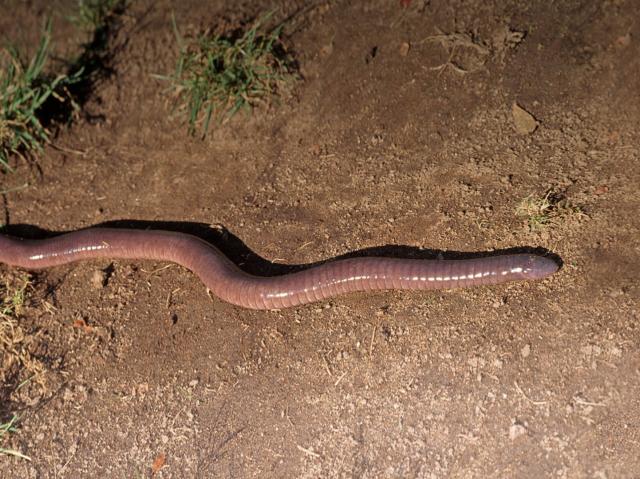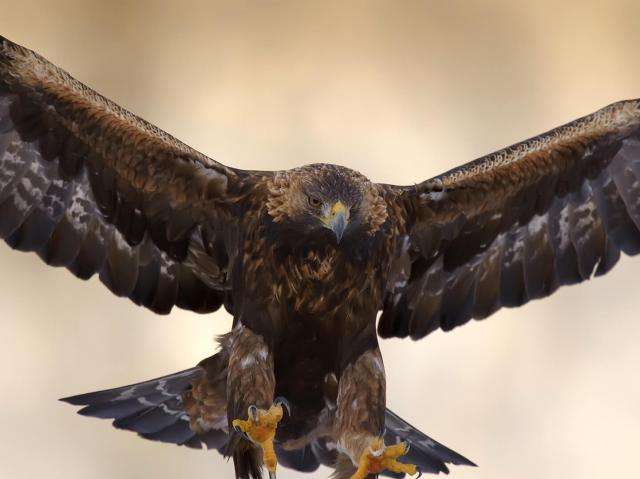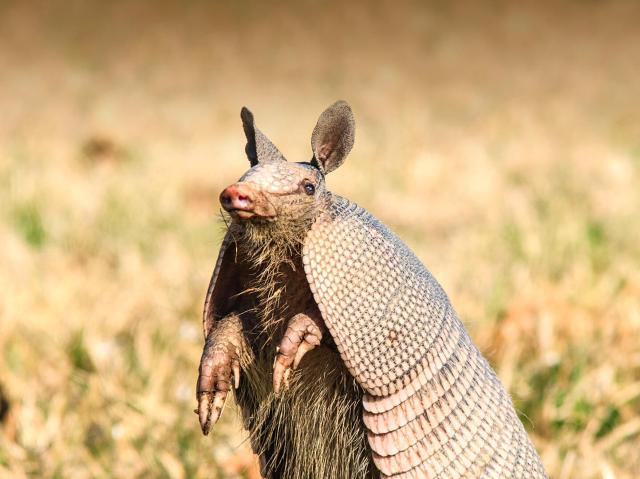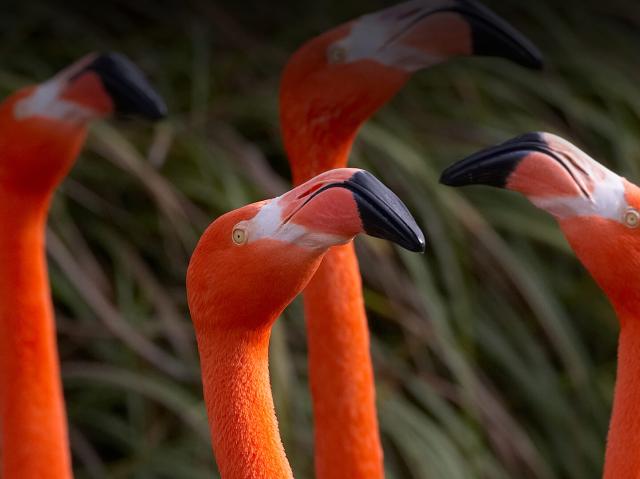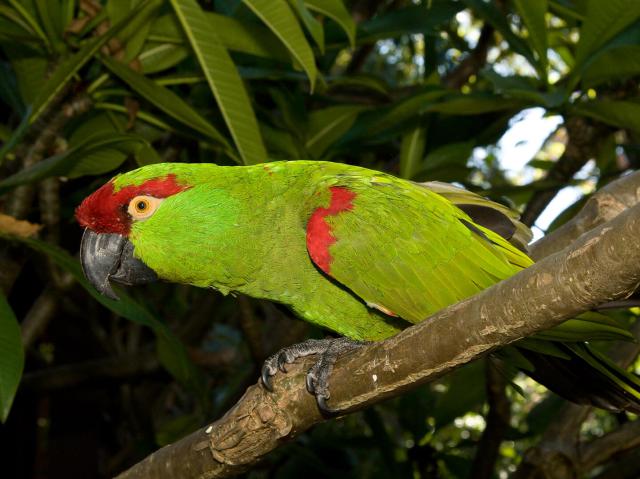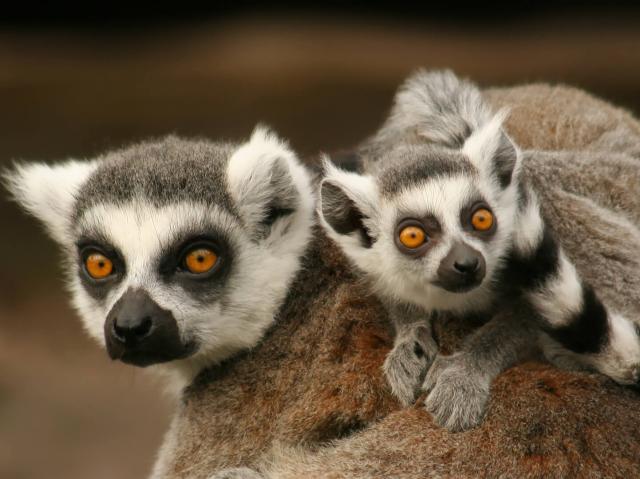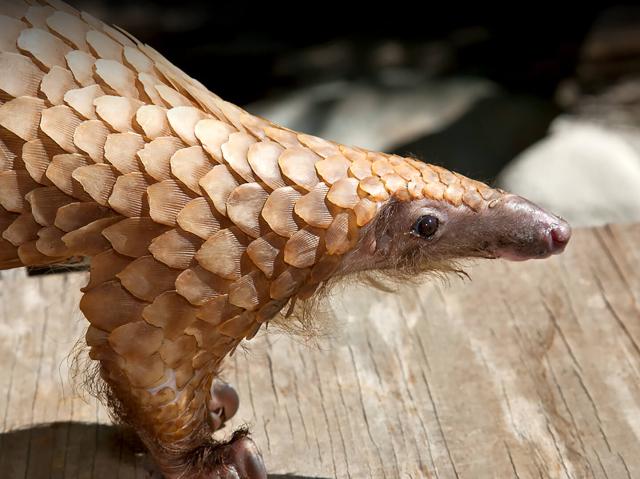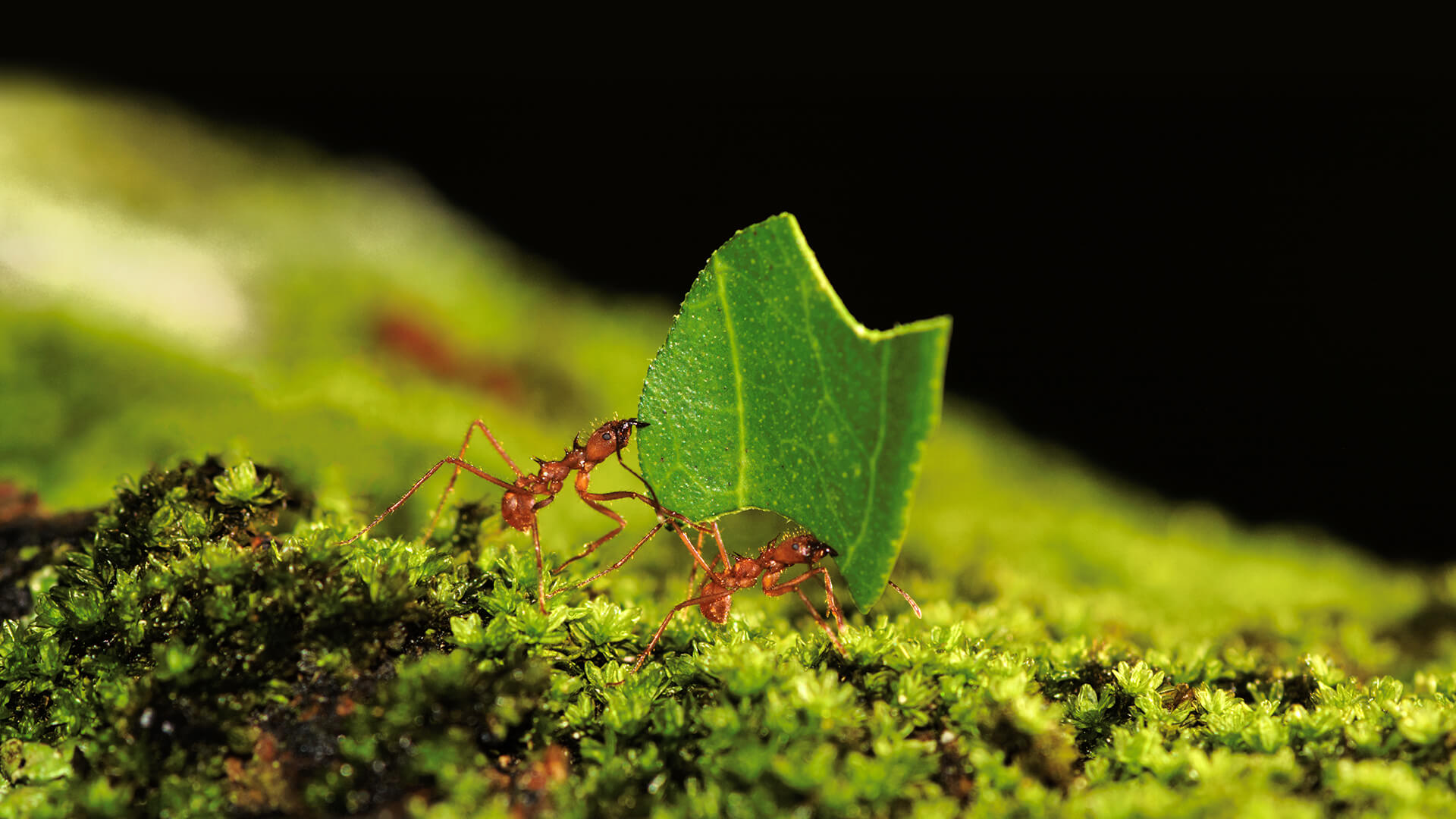
Ant

- Class: Insecta (Insects)
- Order: Hymenoptera
- Family: Formicidae
- Genera: 283
- Species: about 14,000

ABOUT
It's not your imagination...Ants are one of the most abundant animals on Earth! The ants' vast and varied contributions to our ecosystems are important.
Ants are complex insects that live in large social groups called colonies. As insects, ants have a hard outer body called an exoskeleton and three body parts: head, thorax, and abdomen. Ants have two pairs of appendages on their head: the mandibles, used for grabbing or fighting, and maxillae, used for breaking up food into small bits for swallowing.
Eying up ants. Typically, ants have 2 compound eyes containing 6 to 1,000 lenses, though in some species the eyes are reduced or even nonfunctional. These eyes can only see objects close up but are very good at detecting motion. The head has antennae, which are used for touching, feeling, smelling, and tasting. Ants also use the antennae to communicate with one another and keep the colony running smoothly.
An ant's six legs are attached to its thorax. Each leg has nine segments and two claws for gripping whatever the ant is climbing. The ant's abdomen holds the digestive organs, including the crop, which can be used to store food for the colony.
HABITAT AND DIET
Call me. An ant colony may have up to eight million individuals at any one time, so a communication system is important for keeping everyone and everything organized. Ants release scents, called pheromones, from glands on their body. Each pheromone is a special scent message that is read or received through the antennae of the other ants in the colony. Many different kinds of information can be communicated this way.
A scent trail can be left on the ground to lead other workers to a food source. Ants in the colony can smell each other's rank and can sniff out the presence of an intruder. Ants even have an alarm scent to alert the colony to danger. Dead ants have a scent that signals the cleanup workers to remove the body from the nest, keeping it clean and free of disease.
The ability of ants to make decisions based on the chemical composition of their nest mates is a fascinating topic of study. Scientists are finding that an ant can sweep her antennae over the body of her sister and determine things like her reproductive status and whether or not she should help with a particular task for the colony!
It takes all kinds. Ants use an amazing variety of food items and have bizarre nesting and food-gathering behaviors. Some are considered farmers, some gather seeds and insects, and others are straight predators. Ants that farm generally have a stable nest site and use areas of the nest to do their farming. For example, leafcutter ants bring leaves into the nest, and these leaves are then used to grow a fungus that the ants eat. Wood ants protect and "herd" nectar-sucking insects, such as aphids, then "milk" them. When the ant strokes the aphid’s body, a sweet liquid called honeydew comes out.
Honeypot ants collect water, nectar, and insect fluids when available in their desert ecosystem. The liquid is then fed to special worker ants, called repletes, which hang from the ceiling in a special nest chamber and store the nectar in their bodies. The replete’s body expands to hold the liquid, sometimes swelling to the size of a small grape! This stored food is used by all members of the colony during lean times.
Army ants, the best known of the hunting ants, may number over 700,000 in a colony. They travel to find insects, spiders, and even small mammals and reptiles to eat. The only time they stop marching and rest is while they are waiting for new eggs to hatch and pupae to emerge as adults. During this phase, the ants link their legs together and form a living nest called a bivouac, which protects the queen and her brood.
FAMILY LIFE
Crowded house. Most ant colonies live in nests on or under the ground or in trees, but some types of ants live in clusters, not building any nests at all. Most ant colonies have a queen, large numbers of female worker ants, and occasionally some males. The queen’s only job is to lay eggs, and this she does throughout her entire life. But how does she begin her "reign"?
Queen for a day (or much longer). A young winged queen leaves her birth colony on her first and only flight with a number of winged males. Males are only produced for mating purposes and do no work other than to fertilize virgin queens. Mating flights typically include neighboring ant colonies, and the signals for this coordinated nuptial swarm are still not fully understood. After the queen and males mate, the males die.
The young queen now finds a good site to make her nest and start her colony. She rakes the wings off her body, as she no longer needs them for her new life. The queen begins her new colony there, laying eggs and staying with the colony for the rest of her life.
Some ant colonies do not have queens at all, and several types use a different strategy to start a new colony in addition to having a founding queen. In many primitive ant species, certain workers become egg layers and mate with males inside the nest to continue the colony after the queen dies. And many ants have several queens, either at the nest-founding stage or for the length of the colony’s life.
Born to work. A queen ant lays thousands, sometimes millions, of eggs in her lifetime. Workers move each egg to a brood chamber in the nest, where it hatches into larva and is fed until it turns into a pupa. The process that determines what kind of ant a young larva becomes is still not fully understood, but it is thought to be influenced by both workers and the queen, and includes considerations like gender-based selective rearing and chemical signals.
Talk about teamwork: ants really know how to work well together. Research has shown that ants in the nest change jobs regularly, and some spend a good deal of time doing nothing at all! The jobs within the colony are the same for all ant species. Workers must feed and care for the young and the all-important queen, provide food for the colony, defend their resources, and maintain the nest. Keeping the nest clean of waste and the bodies of dead members is important for the health of all.
Call out the cavalry. While all workers defend the nest as needed, many species have specialized workers called majors, also known as soldiers. These ants are larger than the other workers and have specialized mandibles for fighting, moving large objects, and crushing tough food items like seeds.
However, it has been shown in some species that the kind of ant sent to defend the nest depends on the type of intruder. Invasions by other ant species of similar size bring the smaller workers running, but disturbances from larger wildlife call out the soldiers, which are better equipped to stab tender flesh and encourage the predator to look elsewhere for food!
CONSERVATION
As with all wildlife on the planet, ants are an important part of their habitat. They are essential in turning and aerating soil in all the ecosystems where they occur, sometimes even surpassing the work of earthworms. Ants help spread seeds for plants and are food for countless animals (including humans!). Many are pollinators and even more are decomposers, breaking down organic waste and creating healthy habitats. They also serve as vital menu items for creatures like giant anteaters.
Although their journeys into our homes or onto a picnic tablecloth to locate food or water may be inconvenient, consider ants' important place in the overall web of life.
LIFE SPAN
Highly variable among species; some queens may live up to 15 years
Age of maturity: One week old or older
YOUNG
Incubation: Varies by species
Number of eggs: Hundreds of millions over the life of a queen, depending upon the species.
SIZE
Varies among species: usually .04 to 1.2 inches (1 to 30 millimeters) long
FUN FACTS
The weight of all the ants on Earth combined would be about the same as the weight of all the humans on Earth.
Leafcutter ants create natural firebreaks in the Amazon, stopping the spread of fires.



